#bronze vessel
Text



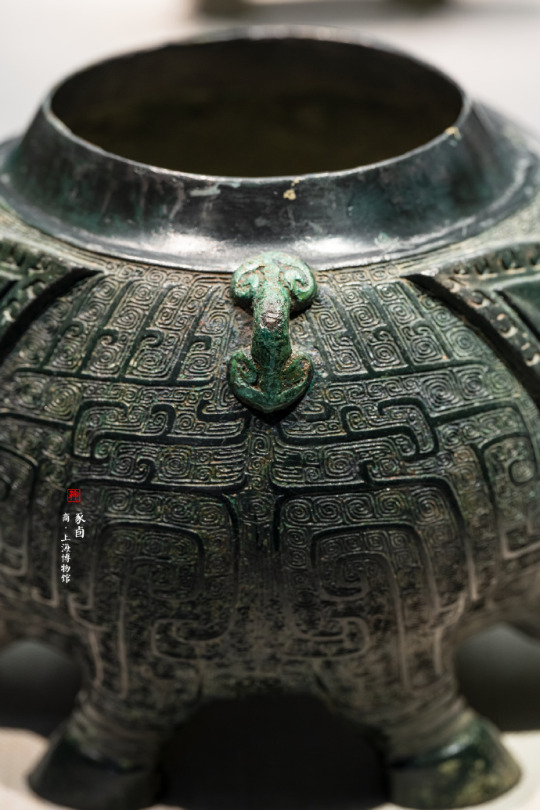

Janus-like zoomorphic bronze item from the late Shang dynasty
Oval Shang dynasty pot with two pig heads facing in opposite directions. The bronze handles were recast in later eras. Exhibited in Shanghai Museum.
Such mirrored zoo- and anthropomorphic patterns were conceived, presumably so that guests always see the vessel from the front side. It’s a common motif in the paradoxical design of the early bronze.
#ancient china#chinese culture#chinese art#shang dynasty#bronze#bronze design#shang bronze#bronze art#bronze vessel#unique#ancient bronze#surrealism#surrealist art#piggy#pig#zoomorphic#animal art#animal figurine
61 notes
·
View notes
Photo
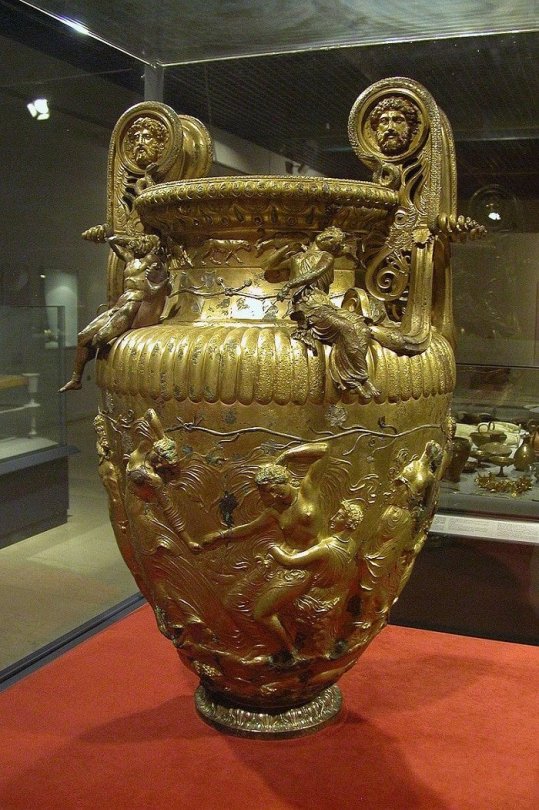

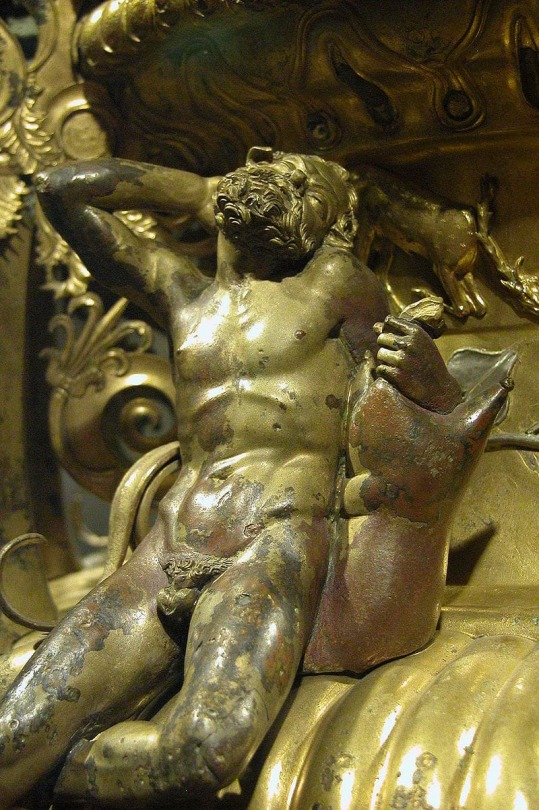
Derveni Krater: A Masterpiece of Metalwork in Ancient Greece
The Derveni Krater exhibited at the Archeological Museum of Thessaloniki is one of the most elaborate metal vessels from ancient Greece yet discovered.
Found in 1962 in an undisturbed Macedonian tomb of the late 4th century B.C. at Derveni not far from Thessaloniki, the krater is a tour de force of highly sophisticated methods of bronze working.
Weighing 40 kg, it was made of bronze with a high tin content (of 15 percent), which endows it with a superb golden sheen without the use of any gold at all.
Large bronze vessels with figural registers in relief, such as the Derveni krater, were extremely rare in ancient Greece.
The most significant reason for this may not have been technical since large pieces of armor were decorated using precisely the same techniques at the same time. Rather, this rarity may reflect the high cost of labor-intensive work, says Jasper Gaunt of the Emory University in Atlanta.
It is most unusual to find figural decoration at a large scale on the bodies of substantial Greek bronze vessels of the Archaic and Classical periods.
“The figural decoration on the body of the Derveni krater was well outside the usual canon even at the time of manufacture, far removed from the generally austere appearance of Archaic and Classical bronze vessels,” Gaunt says.
The Derveni Krater was a funerary urn for ancient Greek aristocrat
The krater was discovered buried, as a funerary urn for a Thessalian aristocrat whose name is engraved on the vase: Astiouneios, son of Anaxagoras, from Larissa.
The funerary inscription on the krater reads: ΑΣΤΙΟΥΝΕΙΟΣ ΑΝΑΞΑΓΟΡΑΙΟΙ ΕΣ ΛΑΡΙΣΑΣ, meaning: “Astiouneios, son of Anaxagoras, from Larisa.”
Kraters (mixing bowls) were vessels used for mixing undiluted wine with water and most likely various spices, as well. The drink was then ladled out to fellow banqueters at ritual or festive celebrations.
When excavated, the Derveni krater contained burnt bones that belonged to a man aged 35 to 50 and to a younger woman.
The exact date and place of making are disputed. Most believe it was made around 370 BC in Athens. Based on the dialectal forms used in the inscription, some commentators think it was fabricated in Thessaly at the time of the revolt of the Aleuadae, around 350 BC.
Others date it between 330 and 320 BC and credit it to bronzesmiths of the royal court of Alexander the Great.
The vase is composed of two leaves of metal which were hammered and then joined although the handles and the volutes (scrolls) were cast and attached. The main alloy used gives it its golden color, but at various points, the decoration is worked with different metals as overlays or inlays of silver, copper, bronze, and other base metals.
Snakes with copper and silver inlaid stripes frame the rising handles, wrapping their bodies around masks of underworld deities. On the shoulder sit four cast bronze figures: on one side a youthful Dionysos with an exhausted maenad and a sleeping Silenos and a maenad handling a snake on the other.
In the major repoussé frieze on the body, a bearded hunter is associated with Dionysian figures.
Beryl Barr-Sharrar, Professor of Fine Arts at the Institute of Fine Arts, NYU, recently wrote a book about Derveni Krater. The artifact is placed in its Macedonian archaeological context and within the context of art history as a highly elaborated, early-4th-century version of a metal type known in Athens by about 470 B.C.
David Mitten of Harvard University said that her book “elevates this masterpiece of later classical Greek art to a status alongside those of the Mausoleum at Halicarnassus and the Alexander Sarcophagus as the most important monuments of Greek art in the fourth century B.C.”
By Tasos Kokkinidis.
#Derveni Krater: A Masterpiece of Metalwork in Ancient Greece#bronze#bronze vessel#funerary urn#archeology#archeolgst#ancient artifacts#history#history news#ancient history#ancient culture#ancient civilizations#ancient greece#ancient greek history#ancient greek art
78 notes
·
View notes
Text
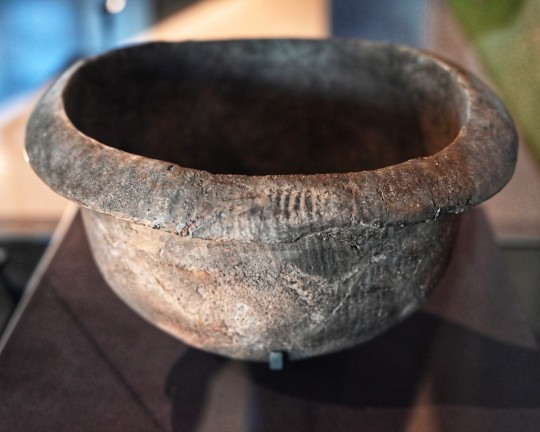




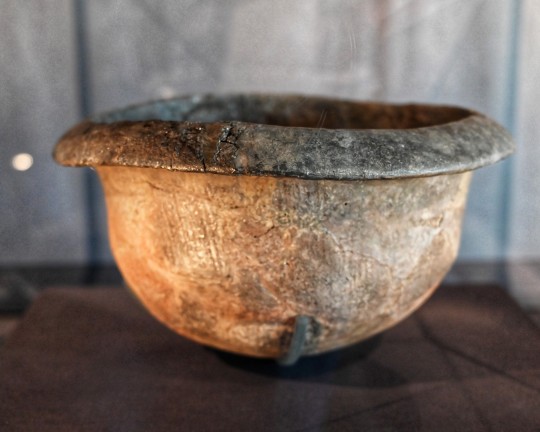
Prehistoric Food Vessel from Nether Largie South Chambered Cairn, 5000 years old, Kilmartin Museum, Kilmartin Glen, Argyll, Scotland
#ice age#stone age#bronze age#copper age#iron age#neolithic#mesolithic#calcholithic#paleolithic#prehistoric#prehistory#chambered cairn#cairn#grave goods#ritual#archaeology#vessel#pottery#prehistoric pottery#relic#kilmartin glen#nether largie south cairn
195 notes
·
View notes
Photo
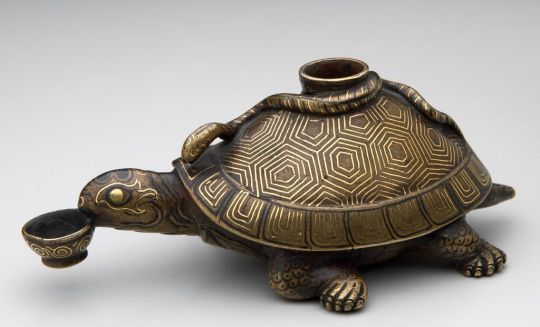
Tortoise-Shaped Water Dropper, 17th century. Used in traditional Chinese calligraphy for adding water to ink or paint in controlled droplets. Medium is bronze with gold and silver inlay.
(Source: collections.artsmia.org)
#tortoise#water dropper#vessel#calligraphy#chinese calligraphy#17th century#chinese design#decorative arts#bronze#gold#pattern#ornament#cc0#brown#yellow
3K notes
·
View notes
Text

Cult Vessel in the Form of a Tower with Cylinder Seal Impressions Near the Top
Syria, Middle Bronze Age, ca. 19th century BCE
57 notes
·
View notes
Text

Bronze footed globular vessel with lid. Roman ca. 1st–2nd century CE. x
The body is decorated in shallow relief with children, garlands, dogs and rabbits.
46 notes
·
View notes
Text

tracy wong
7 notes
·
View notes
Text
Imagine indulging in a feast from 3520-3350 BC! A protein analysis has unlocked the flavors that once simmered in ancient Bronze Age cauldrons. These vessels held treasures of deer, bovine, and more, revealing the gourmet secrets of the Caucasus region.
#cauldron#Bronze Age#vessels#Caucasus#diet#protein#radiocarbon dating#ancient#history#ancient origins
19 notes
·
View notes
Photo

Transitional Bathroom - Bathroom
Bathroom - mid-sized transitional 3/4 white tile and ceramic tile vinyl floor and brown floor bathroom idea with furniture-like cabinets, distressed cabinets, gray walls, a vessel sink and granite countertops
#reclaimed wood double vanity#floating shelves in bathroom#white vessel sink#glass and oil rubbed bronze lighting#reclaimed wood vanity#vinyl plank flooring#double vessels sinks vanity
2 notes
·
View notes
Text
Vase with Rope from Igbo-Ukwu, Nigeria, c. 9th–11th century C.E.
The bronzes from Igbo-Ukwu have garnered much attention from scholars due to their intricate designs and symbolism as well as the technical virtuosity required to create them. Many of the bronze objects uncovered at Igbo-Ukwu are skeuomorphic, including the Vase with Rope. In this object, the artist skillfully imitated the appearance of a slender ceramic vase, decorated with relief designs and…
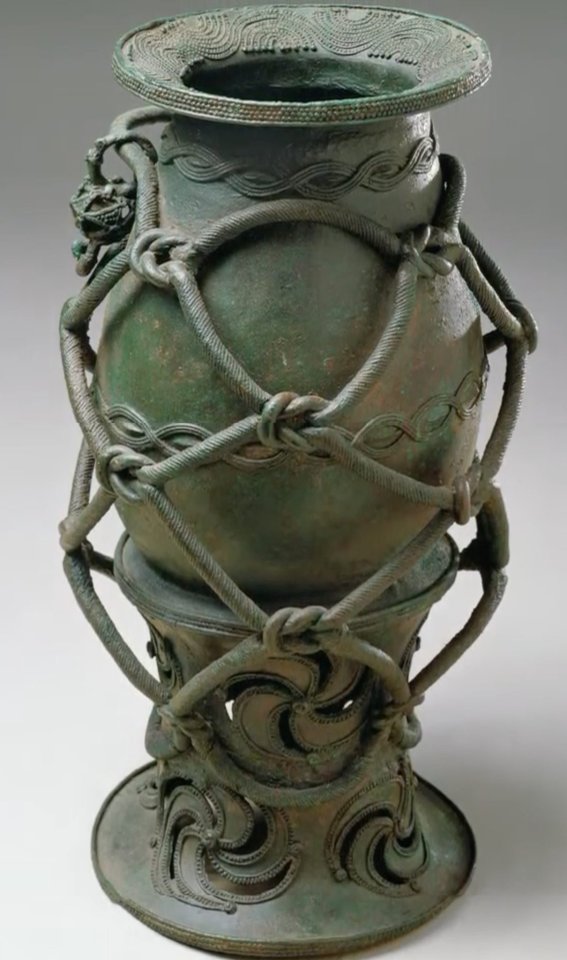
View On WordPress
#African artifact#African History#Igbo Bronze Vessel#Igbo History#Igbo-Ukwu#Vase with Rope from Igbo-Ukwu
1 note
·
View note
Text
The science behind THC + alcohol as a combination is literally soo interesting because it basically causes the crimson red duckling in your body to confront the serpent in the bronze vessel of your heart. Basically you feel good because the duckling is able to eat the harmonious seeds stored within the vessel and transfer these positive energies into your body. You can have bad highs when this happens if the duckling awakens the serpent and it bites the duckling. The interesting part is when you ingest alcohol after THC because it floods the vessel and causes the serpent to fall into a deep sleep. The duckling never gets attacked by the serpent when this happens because it is unconscious and the duckling is actually able to get fat from the harmonious seed, which causes an enjoyable sensation.
42K notes
·
View notes
Text
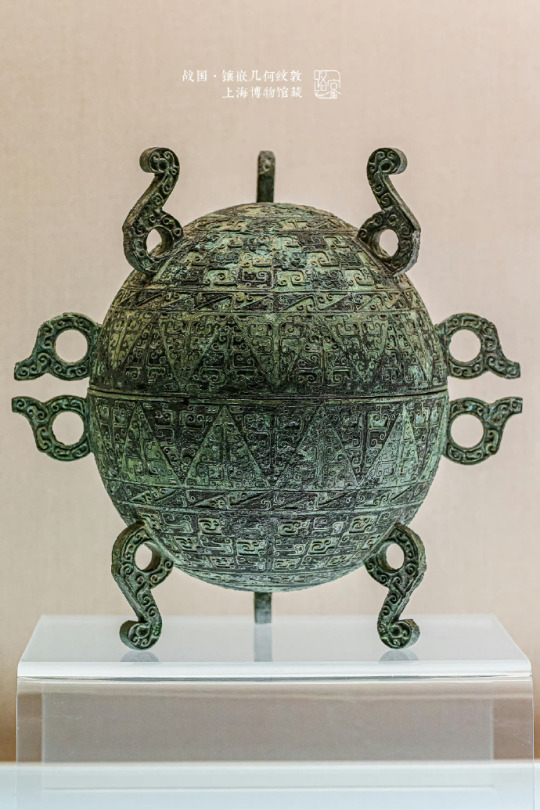
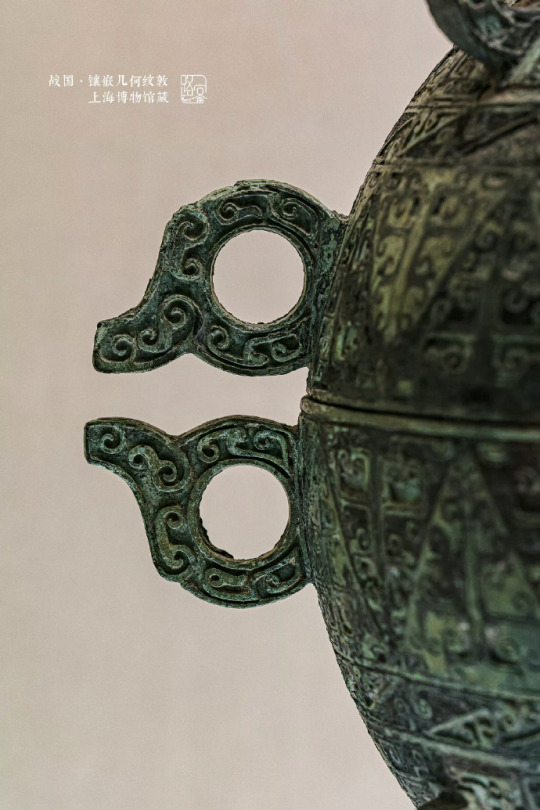

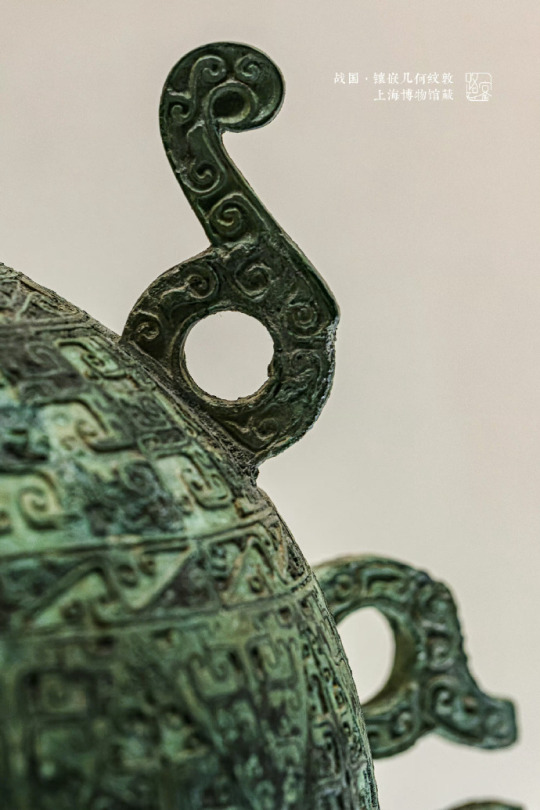
Warring States Period Alien Dui
This massive art piece, with a total weight of over 4.5 kg, is assembled of two tightly fitted hemispheres. Each of the hemispheres of this dui (敦) is equipped with a pair of ears and three legs, and can be used as a standalone utensil.
The top of the cover and the bottom of the vessel are decorated with fire patterns. The rest of its body is covered in cloud mosaics, made of red copper wire and fine silver.
Despite the alien appearance, it’s just a banal pot.) Attachment to this grotesque shape dates back to the Zhou Dynasty.
Hubei Provincial Museum (湖北省博物馆).
Photo: ©路客看见
#ancient china#chinese art#chinese culture#vessel#bronze vessel#jar#warring states era#warring states period#bronze design#bronze art#bronze#surrealistic#surrealist art#cooker
71 notes
·
View notes
Photo
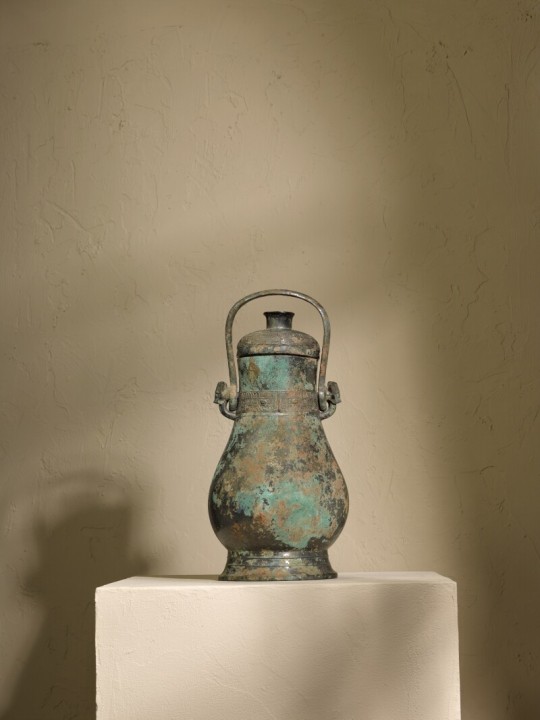



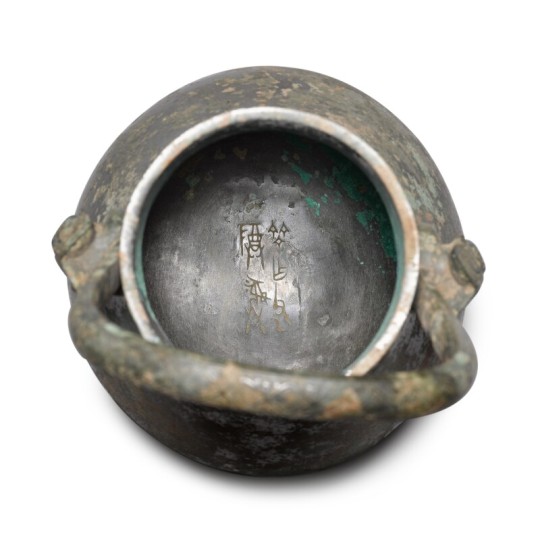
A rare large inscribed archaic bronze ritual wine vessel and cover
Early Western Zhou dynasty
Cast to the interiors of the cover and vessel with a six-character inscription reading Qi Zuo Fu Yi Zun Yi (Qi made this precious vessel for Father Yi); together with Yu Xingwu, Shuangjianyi guqiwu tulu [Catalogue of ancient objects from the Shuangjianyi], vols 1-2, Beijing, 1940.
Overall height 35.5 cm, 14 in.
#archaic bronze ritual wine vessel and cover#zhou dynasty#bronze#bronze vessel#ancient artifacts#archeology#archeolgst#history#history news#ancient history#ancient culture#ancient civilizations#ancient china#chinese history
11 notes
·
View notes
Text
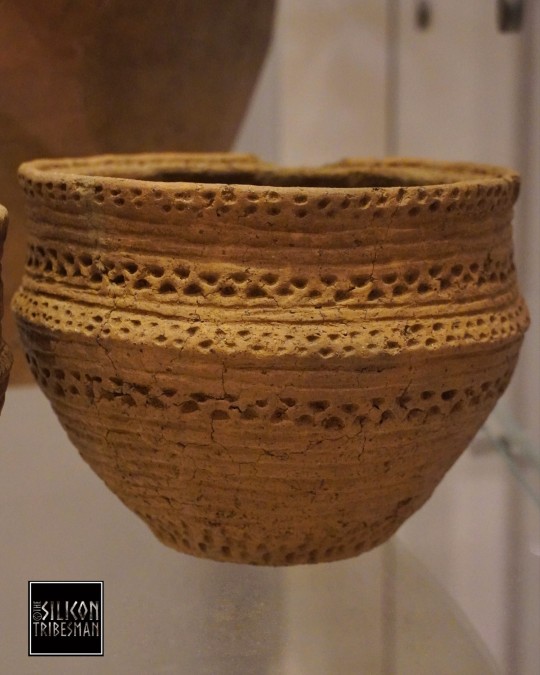

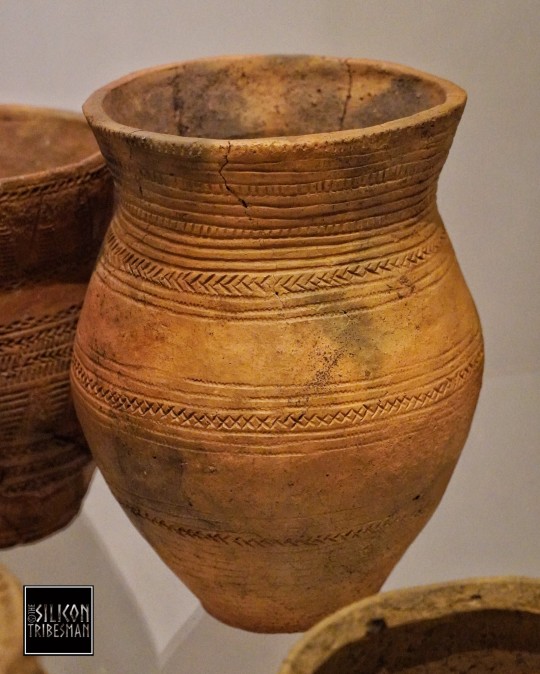


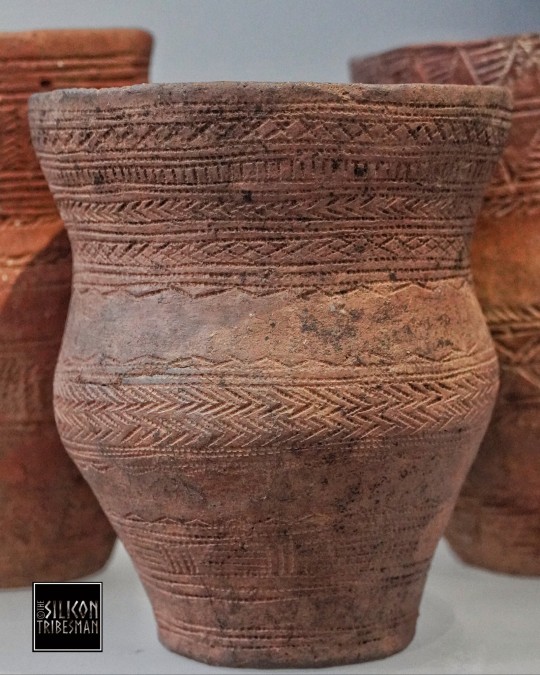

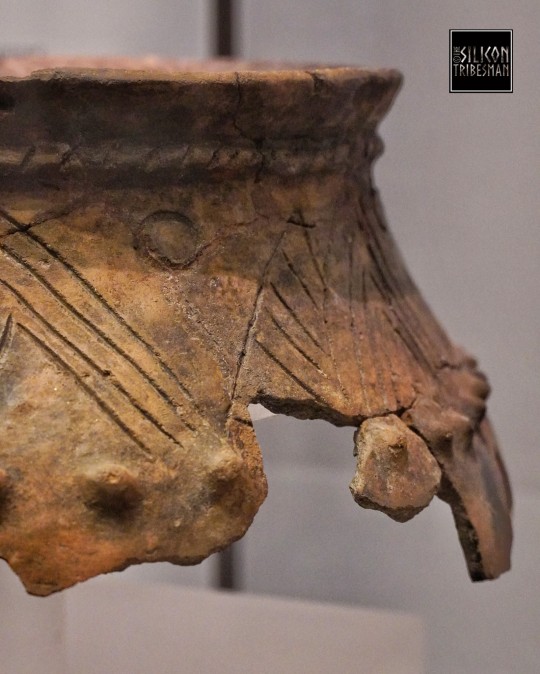
Prehistoric Pottery Selection 1, The National Museum of Scotland, Edinburgh
#ice age#stone age#bronze age#copper age#iron age#prehistoric#prehistory#prehistoric pottery#relic#artefact#pottery fragments#beaker#urn#funerary urn#food vessel#archaeology#Scotland#ancient craft#ancient cultures#ancient living
76 notes
·
View notes
Text



‘Self-Portrait as a Chimera’ Inkwell by Sarah Bernhardt. Made in Paris, ca. 1880, medium is bronze. Art Institute Chicago reference number: 2021.2
“French actor and artist Sarah Bernhardt was perhaps the first global superstar, with legions of admirers spread across Britain, continental Europe, North and South America, and as far afield as Australia. In this fantastical bronze inkwell, she portrayed herself as a chimera, a mythological creature composed of disparate body parts. Here, Bernhardt joined her human torso and head to clawed haunches, bat wings, and a dragon-like tail. The work is a key example of her inspired use of visual media to fashion and promote her own image.”
(Source: artic.edu)
#sculpture#inkwell#inkstand#vessels#containers#19th century#late 1800s#sarah bernhardt#french design#human figures#animal figures#chimera#bronze#brown
110 notes
·
View notes
Text

Ritual Wine Vessel (Jue)
Chinese, 12th century BCE
For rituals, wine was served warm. The two spouts on this vessel were used to pour the warm wine into cups.
Some of the earliest belief systems in China included communicating with spirits and worshipping ancestors. Later, the philosophies and religions of Confucianism, Daoism, and Buddhism contributed their respective teachings and rituals. The interplay between these traditions over time helped define Chinese society and culture. Many rituals and ceremonies took place at an altar (in temples or homes)—it was at the altar where the human world, the natural world, and the supernatural worlds connected. So the objects that were placed on a ritual altar possess meaning and significance. The practice of conducting rituals at the altar continued in China through the Qing dynasty (1644–1911).
27 notes
·
View notes